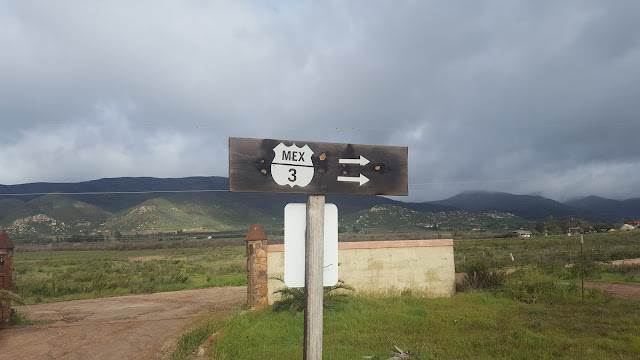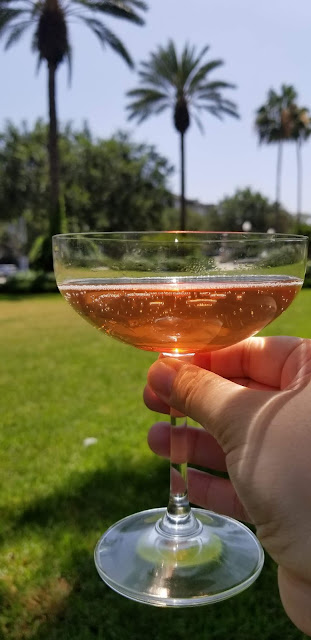Beyond Bubbles: The Essence of Champagne
The drink of kings, the toast of queens. Champagne is synonymous with class, culture, (and a splash of hip-hop). Recently, Champagne’s shift to more accessible, has meant that actual wine lovers can savor the delicate bubbles, too.
This push by Champagne houses to bring their non-vintage cuvees to the mass market really picked up momentum in the last 50 years. Nowadays, one can buy most favorites at local grocery stores. Or, head to your closest wine or even Champagne-only bar, another common sight. If you want the tiny bubbles, you don’t have to go too far to find them.
But what is Champagne? Take the terror out of the terroir by knowing a few simple facts. (Also, impress your family and thank me later.) To be called Champagne, sparkling wine must be produced in the Champagne region. (Sorry, California.) Most Champagnes are made with a blend of just three grapes: Pinot Noir, Pinot Meunier, Chardonnay. (Please, just don’t be that person who obsesses over the percentages of the blend — it’s not as important as you think it makes you sound.) Champagne isn’t the oldest recorded sparkling wine — that honor is generally credited to Blanquette de Limoux, made in Languedoc in the 1500s. Champagne’s famous second fermentation occurs in the bottle, and contrary to anything you’ve seen on Formula 1, it’s best to wake up the delicate bubbles with the gentlest of pops, so as to let the least amount of carbonation out, (you’ll want that in your glass).
All that glitters is not gold, often have you heard that told… The same goes for sparkling wine. All Champagne sparkles (and not just in personality) but not all sparklers are Champagne. While the essence of drinking a bubbly may be similar, each sparkler represents their time and region with proud and distinct differences. Take Sekt, Cava, or the lesser-known (for now) Cap Classique. In winemaking, in terroir and in history, these enticing sparkling wines stand aside and stand tall. Wine education and awareness has increased so much that sparkling wines no longer need to rely on their famous French cousin to thrive.
And while a handful may have been drawn to the myth and mystery of yesteryear, I believe the honest and approachable stance that most Champagnes, Sekts, Cavas and sparkling wines now take assures their mutual survival.
And then there’s the service, the pouring, the performance. Serve it cold. Oh so cold. Serve it immediately. And serve it in thin drinking glasses. The newer tradition of serving in wine glasses instead of flutes appeals to me as one can appreciate some of the subtler aspects of the nose, an element of Champagne that is sometimes forgotten.
Toast your special moments and drink your fine wines now. Because now, we’re here. And now, we can share and laugh and remember. If you’re fortunate enough to have family or close friends in your life, think about celebrating your next milestone with them and with a glass of something incredibly sparkly. Tweet me @LAWineGal and let me know what you open. Cheers!










Comments
Post a Comment